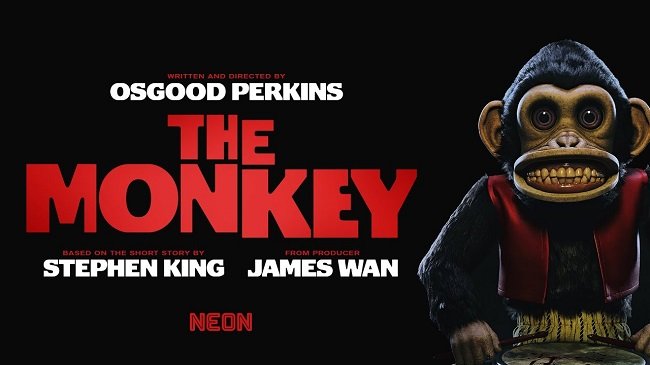The Omen (2006)
Director John Moore is no stranger to remakes, having produced a new version of The Flight of the Phoenix in 2004. Remakes per se are not necessarily a bad thing as long as they bring something new to the table and explores the narrative in a different fashion. This is why Gus Van Sant’s shot-by-shot remake of Hitchcock's Psycho is so universally reviled and deemed to be pointless, because it doesn’t do any of those things. Which brings me to The Omen which is not an exact copy of Richard Donner’s 1976 film, but it does follow the original screenplay. The movie treads a fine line, adding some additional embellishments to the proceeding such as the opening sequence set in the Vatican as the Pontiff considers the impending Biblical prophecy. Yet it still feels a little too familiar to those older viewers who are au fait with the original movie. Furthermore, the 1976 horror classic was a milestone in the horror genre. It was a big budget production, professionally made with a quality cast. Such a critical and commercial success casts a long shadow and remaking such a production is always going to be an uphill struggle.
Moore’s The Omen is competently made, with good use of various European locations such as London and Rome. Malta doubles for Israel in the second act. There is also a strong cast of character actors such as Pete Postlethwaite, Michael Gambon and David Thewlis. What essentially carries the film is the central performance by Liev Shreiber as Robert Torn. He remains credible and behaves like he’s struggling to come to terms with the situation. His relationship with his wife Katherine (Julia Stiles) is also plausible. Mia Farrow adds her acting weight to the role of the sinister nanny Mrs Baylock. Horror fans will also be pleased to see genre stalwart Giovanni Lombardo Radice (AKA John Morghen) as Father Spiletto. The only weak link in the proceedings is Seamus Davey-Fitzpatrick as Damien. He is dressed, made up and shot to look sinister which broadly works but he doesn’t do anything particularly evil and thus doesn’t pose an effective threat.
There are flashes of creativity and an attempt to do more than what was done previously. For example, there is a good use of colour throughout the movie. Red is often a signifier off impending death. When Father Brennan senses that demonic forces are closing in during a storm, we see a person in a red raincoat run through the frame in the background. He also passes someone with a red umbrella. It’s a recurring motif throughout the films set pieces. The score is suitably atmospheric and composer Marco Beltrami wisely references Jerry Goldmsith iconic theme but largely does his own thing. Director John Moore also adds several visionary sequences that reflect the growing fear in both Katherine and Robert Thorn. These work as jump scare but more to the point, provide “omens” of the future and reinforce the idea that Damien’s existence is not just an immediate threat to them but has long term consequences for the future of man.
Overall, The Omen is still a little too close to the original and ultimately just adds a modern veneer to the story, rather than doing something substantially different. Then there is the issue of the death scenes which are one of the motifs of the franchise. The original film’s set pieces where ground breaking, in particular David Warner’s decapitation by a sheet of glass, which has now become a genre “treasure”. What made these scenes so visceral in back in 1976 was the fact that they were physical effects and stunts. This time round they’re simply CGI excesses. For example the roving camera follows the falling scaffolding pipe down from the church spire as it impales Father Brennan, in a manner that instantly negates any sense of credibility. Yes, it looks very photogenic, but the brain knows that such a shot is a technical deceit and as a result this sequence lacks the impact of the original. Similarly, the death of photographer Keith Jennings diminished due to it obvious digital construction.
If you have not seen the 1976 version of The Omen and therefore have no respective emotional baggage pertaining to it, then you’ll find the 2006 remake to be an adequate big budget horror movie that fulfils its own remit. For older viewers and horror aficionados, the main obstacle to enjoying the film is its perceived redundancy. Although well made in most respects it doesn’t quite do enough to set it apart from the original. Does it entertain? Yes, but that has to be offset against a strong sense of “so what”. It is interesting to note that The Omen cost $25 million to make and made an adequate $119,496,523 internationally. Yet despite this no sequel has been forthcoming and I suspect that the studio is a little too aware of the audience ambivalence towards such remakes. The cost of another instalment could finance at least two or three other original properties and given the return on investment the horror genre can provide (for example the Saw franchise) this is probably deemed the wiser course of action.




























